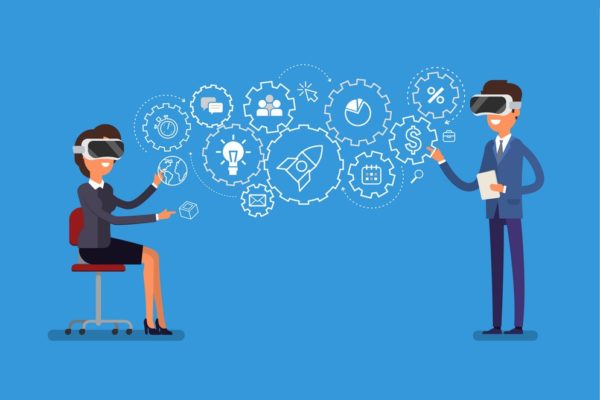Scientific visualization brings research data to life, but it still frequently lies flat on a computer screen, making interpretation difficult.
Augmented and virtual reality, on the other hand, provides another dimension through which researchers can see their data.
In recent years, staff at the Texas Advanced Computing Center (TACC) have begun developing applications for the Microsoft HoloLens that let scientists interact with their computer models in new ways.
At the 2017 International Conference for High Performance Computing, Networking, Storage and Analysis, they unveiled a proof-of-concept demonstration that allowed scientists to see a plasma model, developed by University of Texas physicist Wendell Horton, evolve over time in virtual 3D space.
“The dynamics of plasmas is complicated due to the interaction of the electric and magnetic fields. This leads to complex vortex structures in three dimensions that are nearly impossible to understand with two-dimensional projections,” Horton said. “Augmented and virtual reality tools give us a new way to really see what is taking place in these evolving complex nonlinear vortex plasma structures.”
Scientists can move around the virtual object as the plasma transforms from a coherent cylinder to a complex, undulating tornado of energy. New insights emerge in this more naturalistic context.
To bring the augmented reality visualization to life, experts from TACC converted Horton’s plasma datasets into a form that could be ingested into the Unity platform, a leading framework for AR content creation. They then overlaid text and audio, making a sharable AR experience that members of Horton’s group, collaborators or other researchers, can view and interpret.
‘”The Hololens project with Dr. Horton served as a successful proof-of-concept for augmented reality scientific visualization,” said Greg Foss, one of the lead visualization researchers on the project. “His team is now considering how to best take advantage of the technology.”
Horton’s fusion model isn’t the only application that TACC has experimented with. They have created AR representations of physics-based models of clouds and developed a tool that allows air traffic controllers to perceive planes in the sky, even when they are indoors.
“Virtual and augmented reality capabilities will continue to expand how we explore and discover, both in scientific inquiry and in our daily lives,” said Paul Navrátil, deputy director of Visualization at TACC. “We’re proud to be pushing the art of the possible here at TACC in conjunction with a broad and diverse set of academic partners.”




